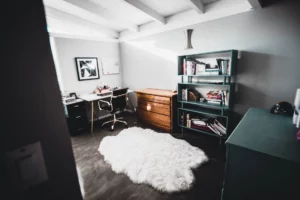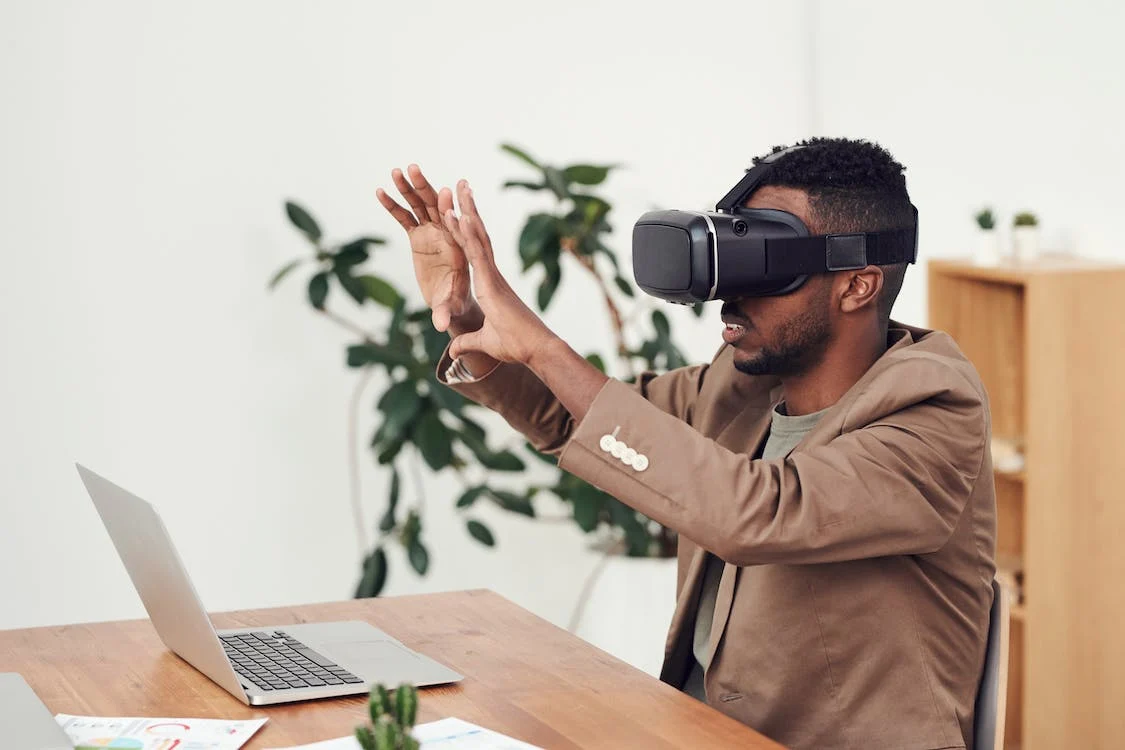The Intersection of 3D Rendering
The Intersection of 3D Rendering and Augmented Reality
AR is changing the way architects communicate their projects to their clients.
They used to rely on renderings and drawings but with AR, architects can give their clients an accurate representation of what their project will look like in real space.
Augmented reality is a type of interactive technology that overlays digital information on top of the user’s real world environment. It can be use in a variety of applications, from education to retail and more.
Real-time Rendering
Real-time Rendering is a technique that allows designers to create a virtual 3D representation of a design. It is used by video game developers to make their games look realistic and immersive, but it can also be useful in the architecture and construction industries.

Architects and other professionals use real-time rendering to show clients their design ideas in a realistic way.
This saves time on the back and forth of trial and error, and makes it possible for them to test ideas before committing to the final product.
In addition, real-time rendering helps architects and designers to collaborate with colleagues more effectively, which is a great benefit for any business.
It also opens up a new range of possibilities for presenting and marketing projects.
The Intersection of 3D Rendering and Augmented Reality
Immersive Experiences
Immersive experiences are a great way to enhance a brand’s or product’s presence. They can also help customers make decisions and feel more confident about their purchase.

For example, immersive technology can help shoppers visualize a furniture arrangement or get a better sense of the grain in fabric or leather, which helps them decide whether to buy an item or not.
In addition, immersive experiences can allow customers to see how the product will look in their own space and decor.
These immersive experiences can be created by a variety of technologies, including video engines, 3D graphics, headsets, motion controllers, and more.
In addition, they can be created using augmented reality (AR) technology, which combines real-world objects with digital content to enhance the user experience.
As the market for immersive technologies continues to grow, businesses are taking advantage of the new opportunities it provides. Healthcare, medtech, education, manufacturing and many other industries are already embracing XR technology.
These digital environments are allowing professionals to enhance training and education, visualization and modeling, planning and production as well as risk and safety management.
Augmented Reality
Using smartphones or other devices with built-in cameras, AR overlays digital information on the real world. This information can be visual, audio or other sensory, and it alters our perception of the environment.
Architecture: AR is becoming increasingly popular among architects, who can now use it to visualize their projects in real time and communicate with their clients more easily.

They can show them a model of their building with an AR app and point to specific areas for more details.
Retail: Many retailers, including IKEA and Sephora, offer AR apps that let customers virtually try on furniture or paint colors before making a purchase.
It’s an easy way to help consumers make better decisions without having to leave home, which can help save them money in the long run.
Maintenance and industry also have a lot of potential for AR, which can help reduce reliance on physical technical manuals and improve productivity by showing information in the worker’s field of view during maintenance or other tasks.
It’s a good thing that there’s still room for innovation and development with this technology, because it can offer some truly remarkable benefits.
The Intersection of 3D Rendering and Augmented Reality
Visualization
Visualization is a skill that can benefit students in many different areas. It can help them improve their reading early skills and boost their confidence when they are able to create vivid images.
A great way to practice visualization in a classroom is to read a story aloud and then have students create illustrations or written descriptions based on what they heard.
It can also be fun to ask students to create a picture or description of something they have seen in real life, such as a person or a place.
Architects and other property developers are also using visualization in 3D modeling and VR to give their clients a more accurate idea of what their projects will look like before construction.
This helps to speed up the process and avoid costly mistakes.
you can read more







